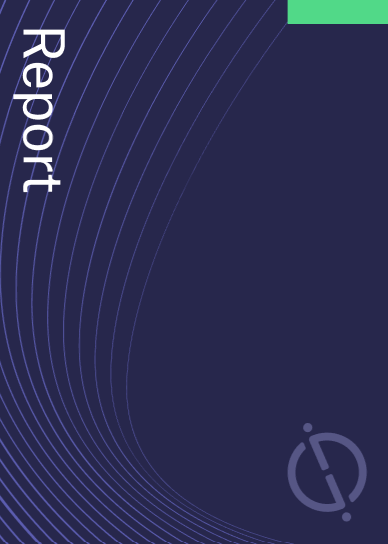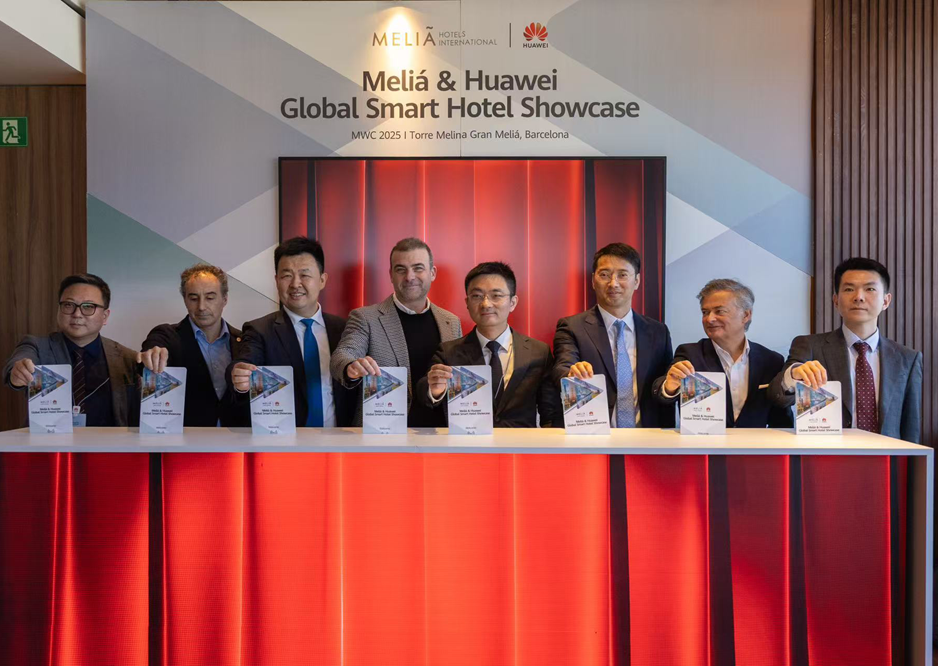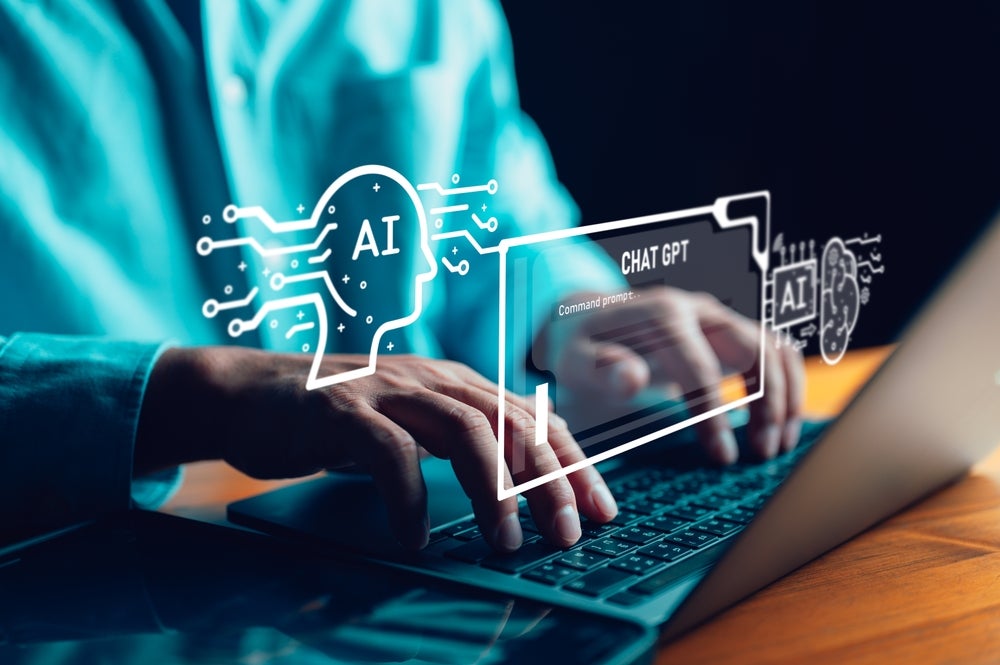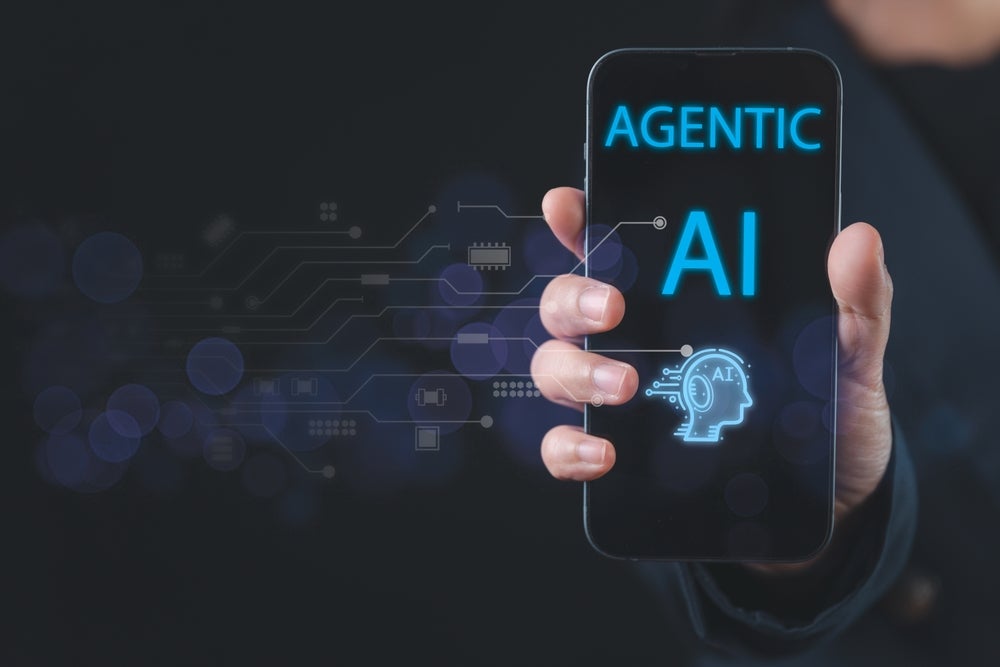Lytx has been granted a patent for a collision detection system that uses a set of preprocessing steps, including filtering, normalization, and alignment, to create preprocessed sensor data. The system then processes this data using a compound model, which includes a dense layer neural network, to generate a collision score. The patent also covers the interface for receiving sensor data from multiple sensors. GlobalData’s report on Lytx gives a 360-degree view of the company including its patenting strategy. Buy the report here.

Access deeper industry intelligence
Experience unmatched clarity with a single platform that combines unique data, AI, and human expertise.
According to GlobalData’s company profile on Lytx, Usage monitoring vehicle telematics was a key innovation area identified from patents. Lytx's grant share as of September 2023 was 74%. Grant share is based on the ratio of number of grants to total number of patents.
Collision detection system using preprocessing and compound model
A recently granted patent (Publication Number: US11769332B2) describes a system for collision detection. The system includes an interface that receives sensor data from multiple sensors, such as an accelerometer, gyroscope, GPS, and audio sensor. The sensor data is then preprocessed using a set of preprocessing steps, including filtering, normalization, and alignment.
A processor in the system processes the preprocessed sensor data using a compound model to generate a collision score. The compound model includes a dense layer neural network that combines inputs from two neural network outputs. The collision score is an indication of the likelihood of a collision occurring.
The system can also determine a collision indication based on the collision score, indicating whether a collision has occurred. Additionally, the system can determine and provide information about the severity of the collision.
The processor in the system can take various actions based on the collision score, such as fetching data, providing data to a human reviewer, notifying a client, storing data, creating a report, initiating a 911 call, contacting the driver, requesting a tow truck or backup truck, or requesting an ambulance.
The preprocessing steps in the system include bias removal, subsampling, sample shortening, sample padding, sample truncating, spectrogramming, and mel spectrogramming. The alignment step can involve timestamp alignment or peak alignment, which includes positioning a data peak at a predetermined position within a data sample.
The system can process audio data by filtering, correcting its length, aligning it, and performing mel spectrogramming. The compound model in the system can consist of various types of models, including neural network models, machine learning models, deep learning models, or a combination of models.
The model used in the system can be trained using human reviewer data or binary data indicating whether a crash occurred.
In summary, the granted patent describes a system for collision detection that preprocesses sensor data and uses a compound model to generate a collision score. The system can determine collision indications, severity, and take various actions based on the collision score. The preprocessing steps include filtering, normalization, alignment, and spectrogramming. The model used in the system can be trained using different types of data.
To know more about GlobalData’s detailed insights on Lytx, buy the report here.
Data Insights
From

The gold standard of business intelligence.
Blending expert knowledge with cutting-edge technology, GlobalData’s unrivalled proprietary data will enable you to decode what’s happening in your market. You can make better informed decisions and gain a future-proof advantage over your competitors.







